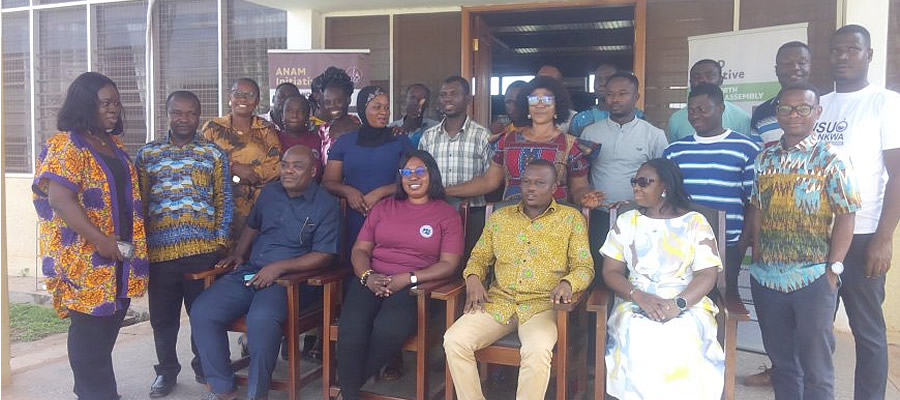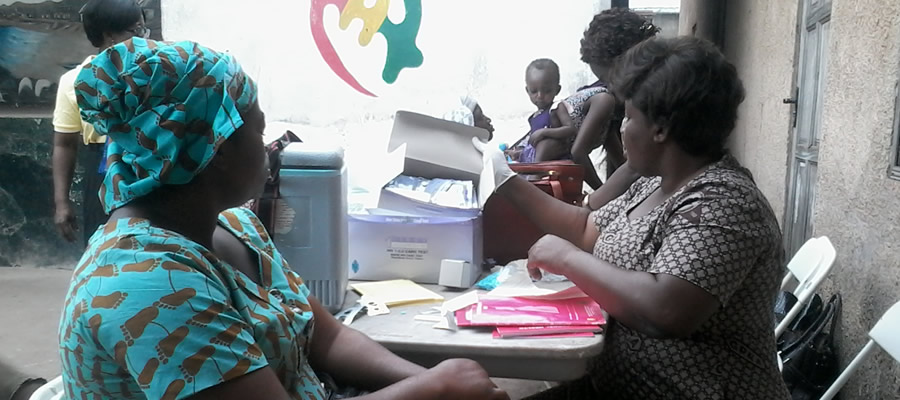

The important role education plays in the socio-economic development of the District in particular and the Nation as a whole cannot be underscored. Its relevance to human resource development and promotion of science and technology for industrial development and other sectors have been recognised.
The entire District has 180 educational institutions comprising 69 Nurseries/Kindergarten and Primary, 40 Junior High School and 2 Senior High School. All the schools are being run by the Government. The private sector needs to be encouraged to assist the public as a result of the growing demands of the population in providing quality education to the people.
Circuits Distribution of Schools
There are six (6) educational circuits in the District with specific and varied number of educational facilities including kindergarten, primary, junior and senior high schools, circuits and the number of schools namely private and public schools in the District. As already stated, the entire District has 69 public basic institutions comprising 69 Nurseries/Kindergarten, 69 Primary, 40 Junior High School and 2 Senior High School. All these schools are under the control of the Central Government.
There are also 34 private basic schools in the District. These are 22 Kindergarten and Primary Schools and 8 Junior High Schools. There is no private Senior High School in the District.
Looking at the population trends in the District, there is the need to extend more schools to some communities in the District.
Educational infrastructure, the number of schools, available classrooms, classrooms for repairs, additional classrooms and the number of furniture required. In all, there are 180 public schools in the District starting from Kindergarten to Senior High School. The total number of available classrooms is 664 of which Kindergarten has 127, Primary School 361, Junior High School 138 and Senior High School 2. The analysis shows that 133 of the total classrooms need renovation or repairs. Concerning the additional classrooms, the analysis gives 11 to Kindergarten, 53 to Primary, 6 to Junior High School and 10 to Senior High School. In all, there are 14,148 sitting places and no sitting places are needed to fill the classrooms.
The enrolment levels from the 6 circuits in the District from Kindergarten to Senior High School level. It could be deduced from the tables that the enrolment of males outnumber that of the female in the District although looking at the population trends in the District, the females outnumber the males. One of the reasons is that some parents have still not understood the essence of sending their girl-child to school. Some school going girls are seen helping their mothers in their farms.
All through the same, the enrolment levels in school in the District has increased tremendously.
The pupil teacher ratio in the District
Apart from the primary school education which has the highest number of pupil teacher ratio, all the others have the standard and the Education Service benchmark or target. The pupil teacher ratio for pre-school is 32:1, primary is 36:1, junior high school is 16:1 and that of senior high school is 8:1.
The School Feeding Programme
The Free Compulsory Universal Basic Education (FCUBE) took effect from the 2005-2006 academic years, which gave all children free access to basic education. In addition, a pilot School Feeding Programme was also initiated in 2005-2006 to give one meal per child in basic schools. All these policies were aimed at encouraging parents to send their wards to school.
In all, a total of 9 schools were enrolled in the programme by the close of 2013. Apart from few challenges confronted by the programme especially the untimely release of the feeding grants to the cooks, the programme has been successful. It has increased the number of enrolment in the schools in which the programme is operated. It is envisaged that by the year 2017 more schools would be added to the existing ones.
Date Created : 11/14/2017 7:42:57 AM












 facebook
facebook
 twitter
twitter
 Youtube
Youtube
 +233 593 831 280
+233 593 831 280 0800 430 430
0800 430 430 GPS: GE-231-4383
GPS: GE-231-4383 info@ghanadistricts.com
info@ghanadistricts.com Box GP1044, Accra, Ghana
Box GP1044, Accra, Ghana